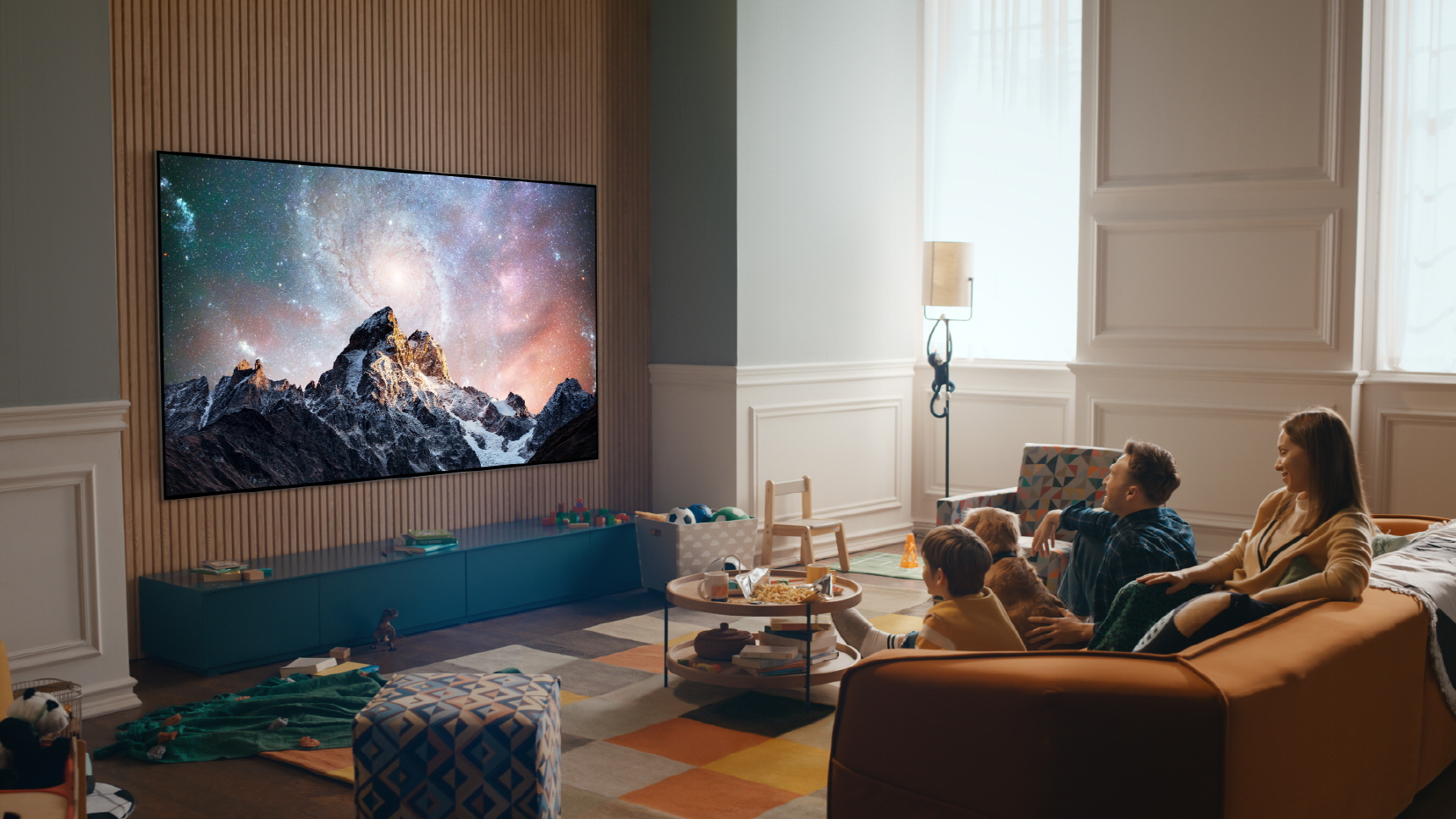
If you're looking for one of the best TVs then you're probably looking for one of the best OLED TVs. Which just so happens to be dominated by LG OLED panels, because the Korean manufacturer is the one that makes them (and, indeed, sells them on to other makers such as Philips).
That means LG OLED TVs often look sensational out of the box. But there are pitfalls that you can fall into and present your shiny new LG OLED from looking its very best. As such, here are some top tips to give image quality an upgrade and get everything looking as spiffing as possible.
1. Change the motion settings
A lot of people miss this: LG's OLED TVs have motion smoothing processing, which the company calls TruMotion, and it's on by default. In some situations, however, you're really not going to want it on because it will overly smooth motion. That can make movie stars look like they're from your favourite soap opera and a little too lifelike.
How do you turn TruMotion off or adjust its settings? Simply press 'Home' on your OLED TV's remote control, select 'Picture Mode Settings', then 'Picture Options' and find TruMotion within there. You can adjust the setting as you see fit from here, which will make movies look more movie-like. However, you'll probably want to leave it on for sports and suchlike fast-paced action.
You can go more detailed than just switching it off, too, by selecting 'Custom' and then tweaking the De-Judder and De-Blur sliders to your specific requirements. There's also OLED Motion Pro, which uses black frame insertion (BFI) to help remove blur and we'd suggest keeping that on.
2. Select the correct picture preset
LG OLED TVs are delivered with the Standard picture preset by default, which is fine, but you may wish to make some adjustments. There are actually a whole host of presets which you can locate by again pressing 'Home' on your OLED TV's remote control, selecting 'Picture Mode Settings' (just don't ever select Vivid and leave the ISF pro-calibration stuff alone too).
Beyond these presets, however, there are advanced options to manipulate backlight, contrast, brightness, sharpness, colour, tint and colour temperature. You'll see how each preset varies these, but you may simply wish to adjust Standard so that it's got more backlight brightness. Just be careful to not overdo things, otherwise you'll lose that beautiful deep black that OLED panels deliver so very well.
Get all the latest news, reviews, deals and buying guides on gorgeous tech, home and active products from the T3 experts
In among those picture presets, as accessed in the steps above, you'll also see something called APS. That stands for Auto Power Saving mode, or your typical energy saving mode. Sounds like a clever thing to have, right, to use less energy?
Well, no, APS on LG's OLED TVs limits the brightness and that limits your picture appreciation potential. Things will look a little too dull as a result. Maybe you'll save a few pennies on your bills, but we'd rather those best streaming services looked top-notch really.
3. Buy into Evo
This might seem kind of obvious, but not all OLED panels are one and the same. That's also true of LG's OLED TVs. The company's C1 and C2 are great TVs, no doubt, but if you want the best of the best then you'll have to pay a little extra for the LG G2 (that's the T3 Awards winner of Best OLED TV 2022).
What's so special about the LG G2? It's all about brightness! It can deliver up to 20 per cent more than lesser OLED panels. That's because the G2 has what LG calls an 'Evo' panel, which uses a different organic material (deuterium), that can withstand higher voltages for brighter output. So sometimes working with your wallet is the answer.

Mike is T3's Tech Editor. He's been writing about consumer technology for 15 years and his beat covers phones – of which he's seen hundreds of handsets over the years – laptops, gaming, TV & audio, and more. There's little consumer tech he's not had a hand at trying, and with extensive commissioning and editing experience, he knows the industry inside out. As the former Reviews Editor at Pocket-lint for 10 years where he furthered his knowledge and expertise, whilst writing about literally thousands of products, he's also provided work for publications such as Wired, The Guardian, Metro, and more.
